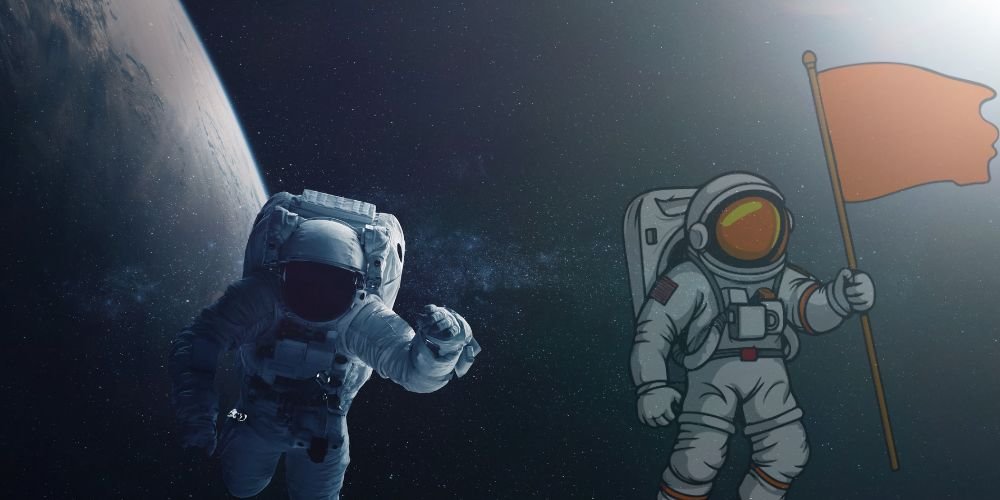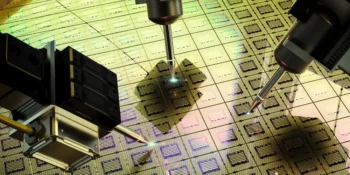Spacewalk training is a crucial component in preparing astronauts for the challenges of extravehicular activities (EVAs) in the unforgiving environment of outer space. This article delves into the historical significance of spacewalks, the evolution of spacewalk training programs, the critical skills astronauts acquire, and the future innovations shaping how we prepare individuals to navigate the cosmic void.
The Historical Significance of Spacewalks
The concept of a spacewalk, or extravehicular activity, became a reality during the early years of human space exploration. The pioneering efforts of astronauts and cosmonauts during the space race paved the way for understanding the complexities of working in the weightlessness of space.
Alexei Leonov – The First Human to Walk in Space
On March 18, 1965, Soviet cosmonaut Alexei Leonov achieved a historic milestone by becoming the first human to conduct a spacewalk. Emerging from the Voskhod 2 spacecraft, Leonov spent just over 12 minutes floating in the vacuum of space, tethered to the spacecraft by a 5.35-meter umbilical cord.
NASA’s First Spacewalk – Edward White
Just a few months later, on June 3, 1965, NASA astronaut Edward H. White II conducted the first American spacewalk during the Gemini 4 mission. White’s iconic spacewalk lasted approximately 23 minutes as he floated in the microgravity of space, tethered to the spacecraft by a golden umbilical cord.
The Evolution of Spacewalk Training Programs
The challenges presented by spacewalks necessitated the development of comprehensive training programs to equip astronauts with the skills and knowledge required for extravehicular activities. Over the decades, space agencies have refined and expanded these programs to meet the demands of increasingly complex missions.
Neutral Buoyancy Training – Simulating Weightlessness
Neutral buoyancy training emerged as a cornerstone of spacewalk preparation. Conducted in large underwater facilities, astronauts practice tasks in a pool that simulates the weightlessness of space. This immersive training allows astronauts to rehearse spacewalk procedures and work with tools and equipment in a microgravity-like environment.
Virtual Reality Simulations – Enhancing Training Realism
Advancements in virtual reality (VR) technology have been integrated into spacewalk training programs, offering realistic simulations of the space environment. Astronauts can use VR headsets to practice intricate maneuvers, tool usage, and emergency procedures, enhancing their preparedness for the challenges of actual spacewalks.
Robotics Training – Coordinated EVA Activities
As space missions have become more intricate, with robotic systems like the Canadarm on the International Space Station (ISS), astronauts undergo specialized training to coordinate spacewalk activities with robotic operations. This training ensures seamless collaboration between astronauts and robotic systems during EVAs.
Critical Skills Acquired in Spacewalk Training
Spacewalk training imparts a range of critical skills to astronauts, addressing the unique challenges posed by working in the microgravity environment of space. From mastering specialized tools to developing a keen awareness of spacesuit limitations, astronauts undergo rigorous preparation to ensure the success and safety of their extravehicular activities.
Spacesuit Familiarization – Operating in a Harsh Environment
Astronauts must become intimately familiar with their spacesuits, which serve as their life support systems during spacewalks. Training includes donning and doffing the spacesuit, understanding its various components, and practicing emergency procedures to address any malfunctions that may arise in the vacuum of space.
Tool Usage and Equipment Handling – Precision in Microgravity
Spacewalks often involve specialized tools and equipment for tasks ranging from repairs to scientific experiments. Astronauts undergo extensive training to operate these tools precisely in the microgravity environment, where even a slight force can have significant implications.
Communication and Coordination – Teamwork in the Void
Effective communication and coordination are paramount during spacewalks, especially when multiple astronauts are involved or when interacting with robotic systems. Training scenarios simulate the challenges of coordinating activities in the vastness of space, fostering teamwork, and ensuring clear communication protocols.
Emergency Procedures – Preparedness for Contingencies
Spacewalk training includes thorough preparation for potential emergencies, such as equipment malfunctions or unforeseen challenges. Astronauts practice responding to various scenarios, including rapid return to the spacecraft, troubleshooting spacesuit issues, and collaborating with ground control to address unforeseen challenges.
Future Innovations in Spacewalk Training
As space agencies plan for ambitious missions to the Moon, Mars, and beyond, innovations in spacewalk training are on the horizon. Emerging technologies, such as advanced robotics, artificial intelligence, and augmented reality, are poised to revolutionize how astronauts prepare for extravehicular activities in the evolving landscape of cosmic exploration.
AI-Assisted Training Programs – Personalized Skill Development
Artificial intelligence (AI) is expected to play a role in tailoring spacewalk training programs to individual astronaut strengths and weaknesses. AI algorithms can analyze performance data from simulations and neutral buoyancy training to identify areas for improvement, creating personalized training regimens for each astronaut.
Augmented Reality (AR) Interfaces – Real-Time Guidance
Augmented reality interfaces may be integrated into spacesuit helmets, providing astronauts real-time information and guidance during spacewalks. This technology can overlay critical data, instructions, and visual cues directly onto the astronaut’s field of view, enhancing situational awareness and task execution.
Remote Virtual Reality Training – Collaborative Preparation
With the increasing involvement of international partners and private companies in space missions, remote virtual reality training could become a standard practice. Astronauts from different locations could engage in collaborative virtual spacewalk simulations, fostering teamwork and coordination before embarking on joint missions.
Conclusion
Spacewalk training remains a cornerstone of preparing astronauts for the challenges and opportunities of extravehicular activities in the cosmic void. From the pioneering days of Alexei Leonov and Edward White to the advanced simulations and technologies of the present, spacewalk training continues to evolve. As humanity sets its sights on new frontiers, the skills acquired through rigorous spacewalk training will remain essential for the success of future space exploration endeavors.










